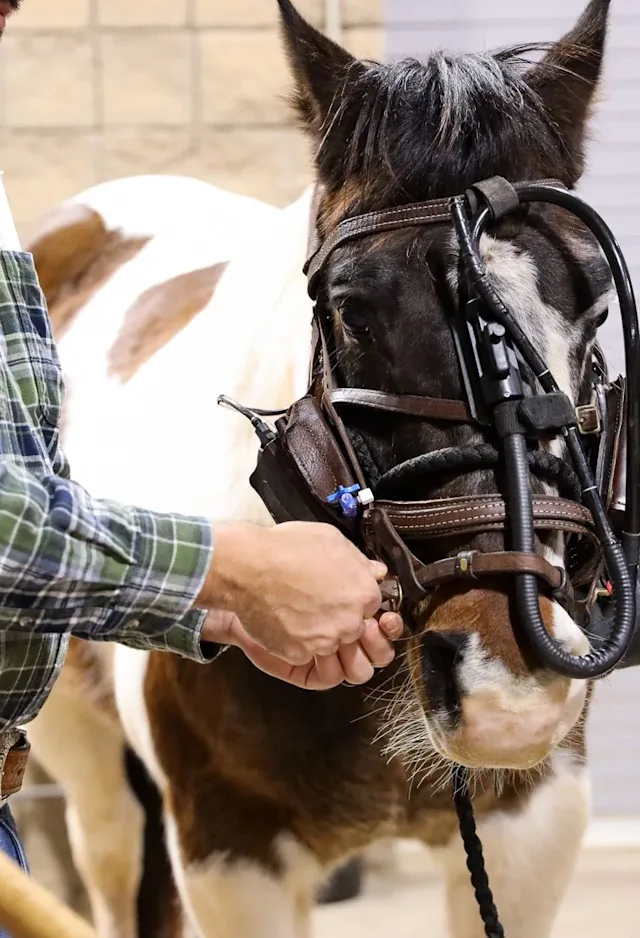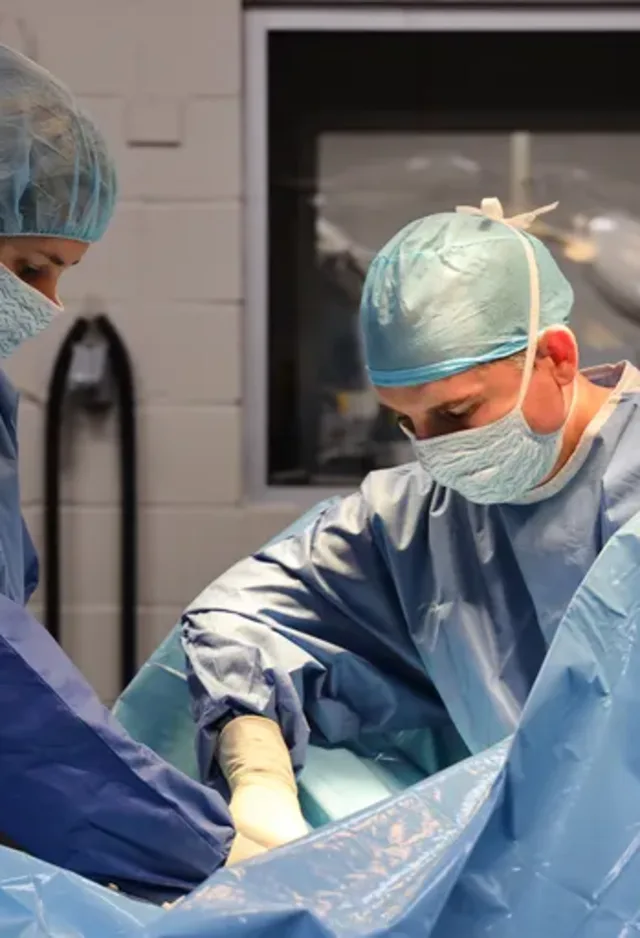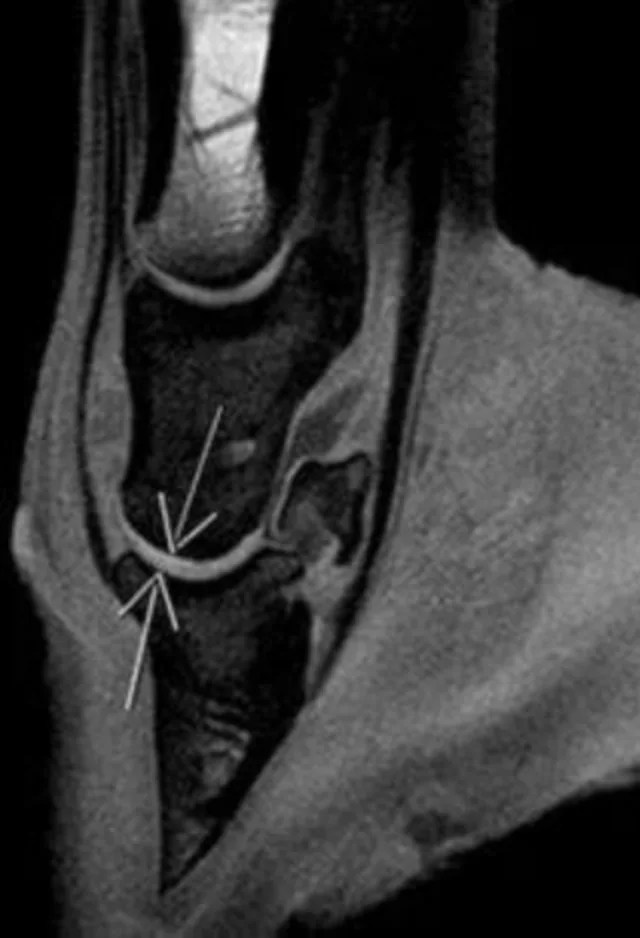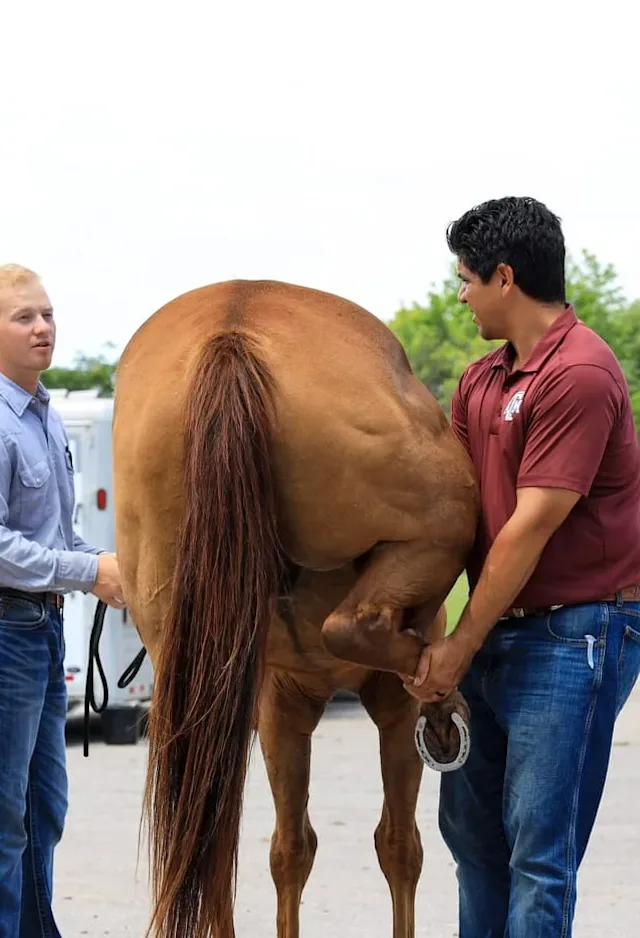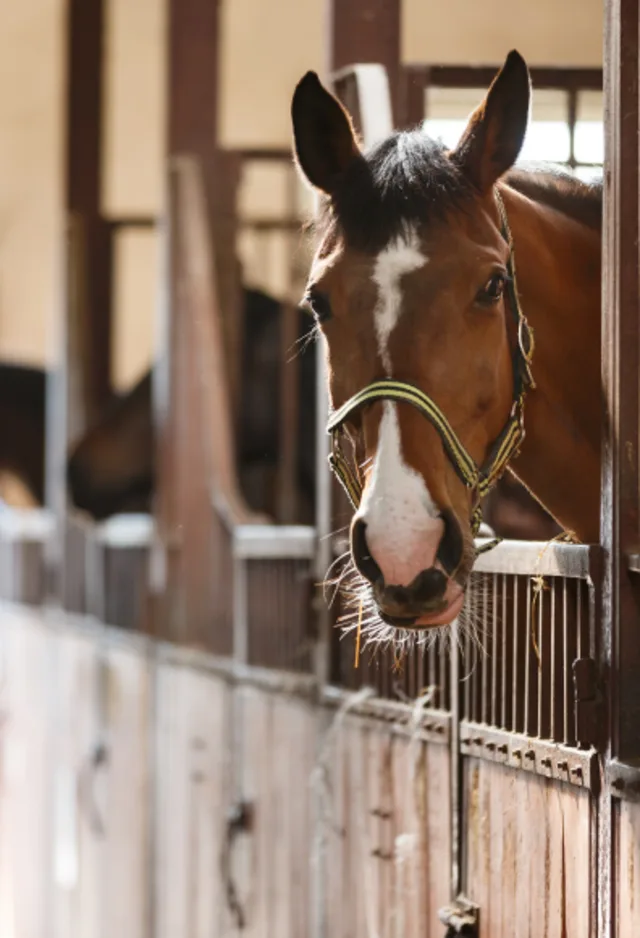Oakridge Equine Hospital
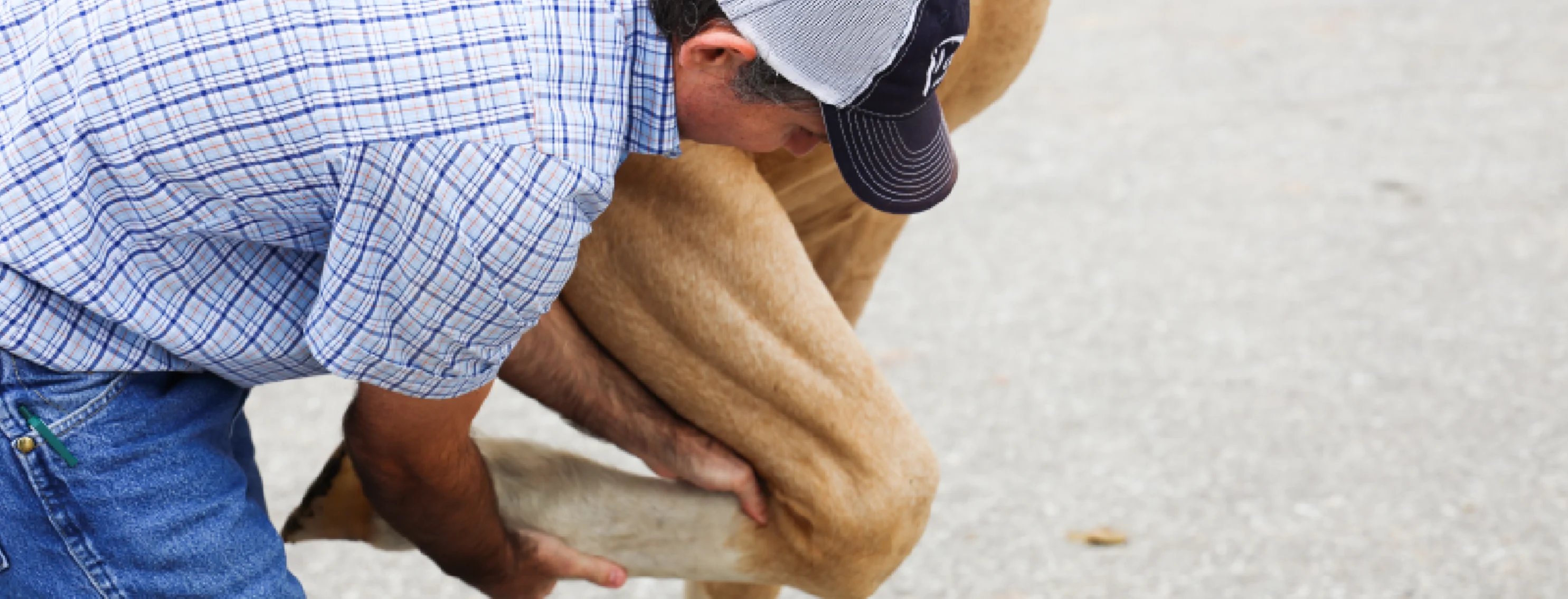
Your Veterinarian in Edmond, OK
The dedicated staff and veterinarians at Oakridge Equine Hospital are leaders in Equine Medicine and Surgery. Our facilities feature state-of-the-art medical equipment including offering the first high field MRI in the central United States 20 years ago.
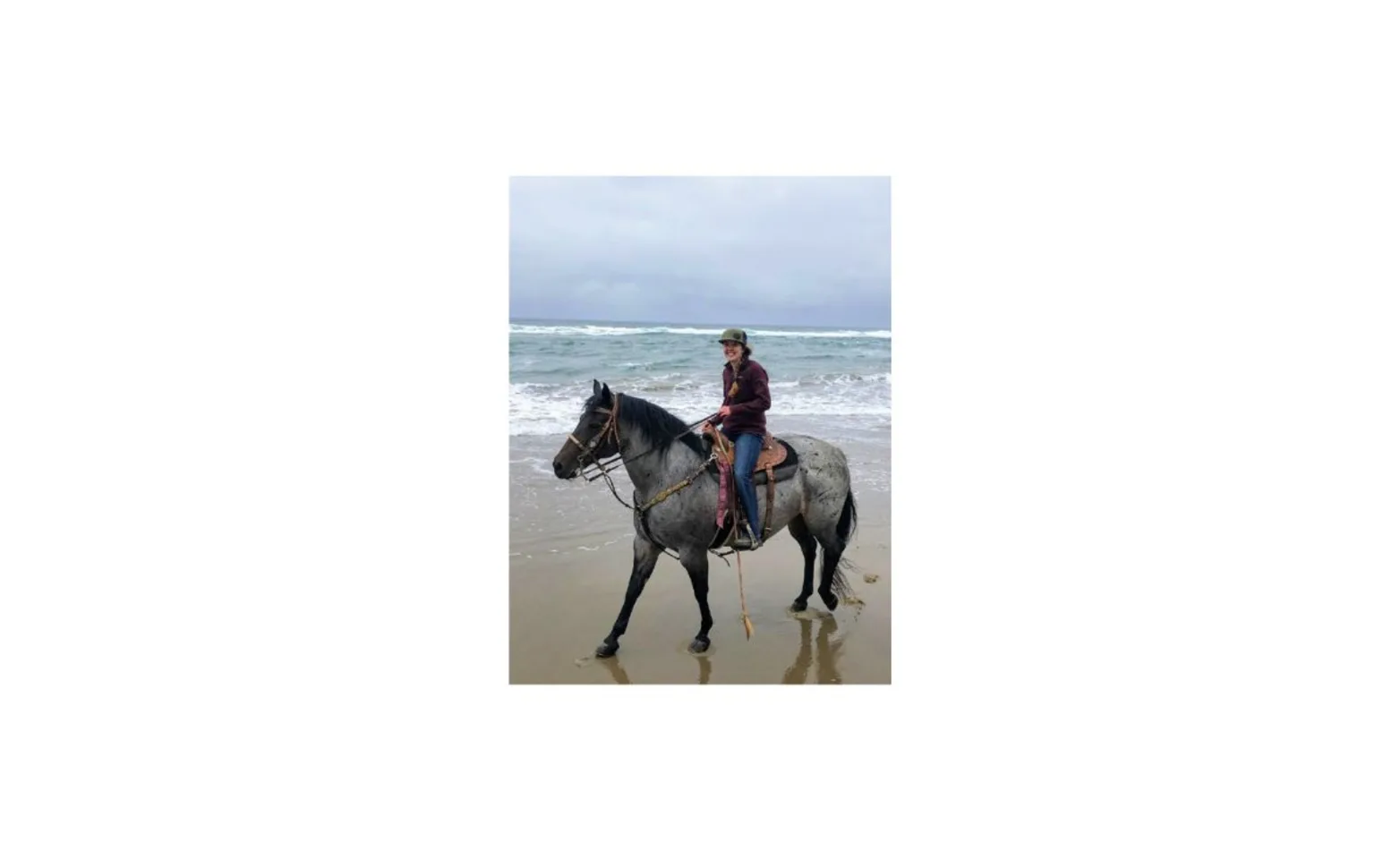
A Monumental Milestone
We are thrilled to share some truly incredible news — Dr. Devon England, DVM, is now a Diplomate of the American College of Veterinary Internal Medicine (DACVIM) in Large Animal Internal Medicine!
Becoming a veterinary internal medicine specialist is no small feat. It represents the culmination of years of rigorous training, including veterinary school, a demanding internship, and a challenging residency focused solely on internal medicine. Then comes the board exam — one of the most difficult in the field — and a published academic research paper, all of which Dr. England passed with flying colors.
This title, DACVIM-LA, means Dr. England is now recognized as an expert in diagnosing and treating complex diseases of the internal organs — from kidney and liver issues to autoimmune diseases, gastrointestinal disorders, endocrinology, and more. Her knowledge, compassion, and commitment to patient care are simply extraordinary.
To say we’re proud doesn’t even begin to cover it. We are inspired. We are grateful. And most of all, we are lucky to work alongside someone who never stops striving to be the very best for her patients and their families.
Please join us in giving Dr. England a HUGE congratulations — this is a moment worth celebrating!
Our board certified surgeons Dr. Michael Major, Dr. Chad Zubrod, Dr. Jeff Brakenhoff, Dr. Gabriel Gonzalez and Dr. Lauren Lamb, and our boarded Internal Medicine Specialist, Dr. Devon England, provide expert care in all areas of equine medicine, lameness, respiratory surgery, sports medicine, orthopedics, emergency abdominal procedures and internal medicine cases!
Oakridge Equine Hospital is located in Edmond, Oklahoma near I-35 Exit 146.
Client Testimonials
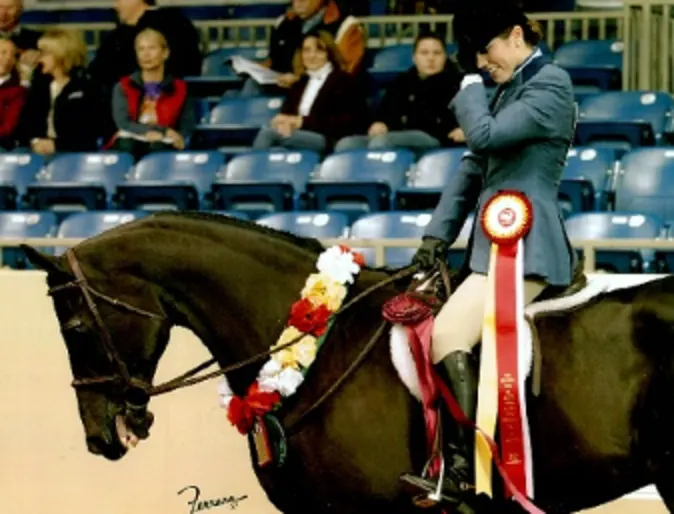
Meg Weir
"To the Oakridge Equine Staff, Thank you for saving Dutch's life! He wouldn't be here today without your excellent care."
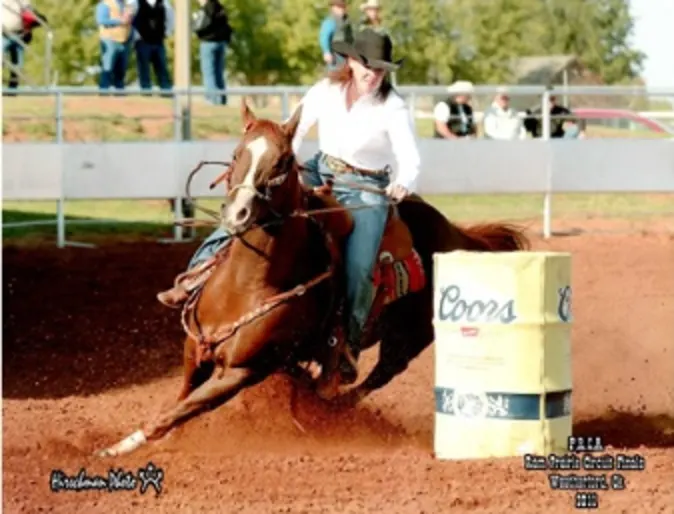
Jana Turner
"To Dr. Hague and the rest of the crew, Thanks so much for all you have done to keep Dinero... running and winning"
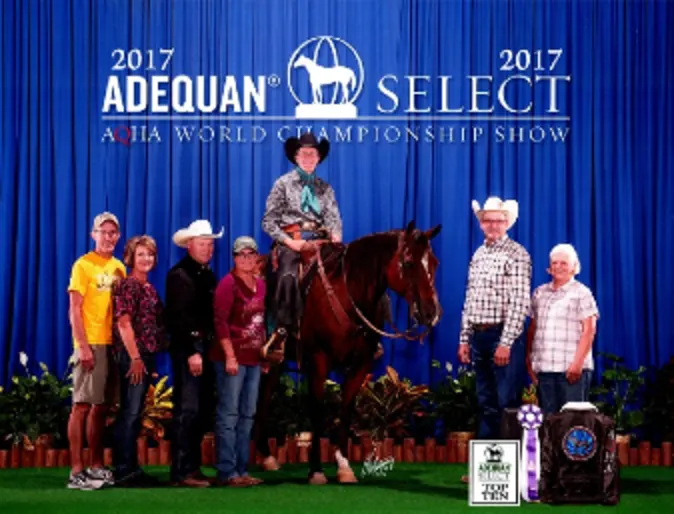
Lisa and Mark Anderson
"To Dr. Lamb and all the staff at Oakridge, Thank you for saving Chance's eye and sight."
